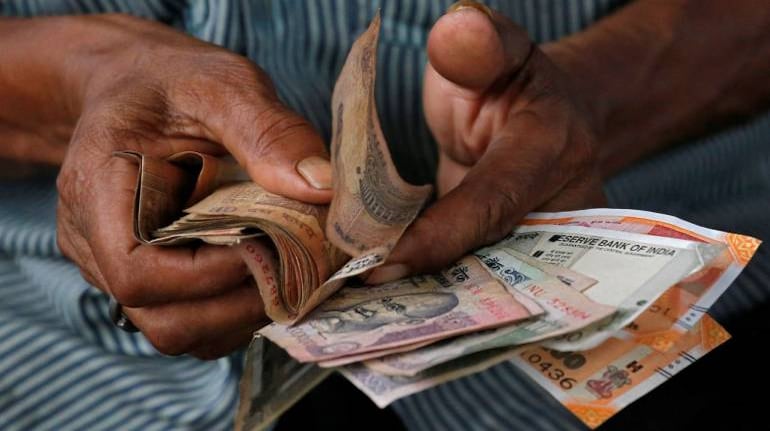



The World Bank on October 29 said remittances to India would fall this year by nine percent to $76 billion due to the ongoing coronavirus pandemic and global economic recession.
India followed by China, Mexico, the Philippines, and Egypt continue to be the top five countries in 2020 to receive foreign remittances, the World Bank said in its latest report.
As the COVID-19 pandemic and economic crisis continues, the amount of money migrant workers send home is projected to decline 14 percent by 2021 compared to the pre-COVID-19 levels in 2019, according to the latest estimates published in the World Bank's Migration and Development Brief.
The impact of COVID-19 is pervasive when viewed through the lens of migration as it affects migrants and their families who rely on remittances, said Mamta Murthi, Vice President for Human Development and Chair of the Migration Steering Group of the World Bank.
Follow our LIVE blog for the latest updates of the novel coronavirus pandemic
Remittance flows to low and middle-income countries (LMICs) are projected to fall by 7 percent to $508 billion in 2020, followed by a further decline of 7.5 percent to $470 billion in 2021.
The foremost factors driving the decline in remittances include weak economic growth and employment levels in migrant-hosting countries, weak oil prices, and depreciation of the currencies of remittance-source countries against the US dollar, the bank said.
The declines in 2020 and 2021 will affect all regions, with the steepest drop expected in Europe and Central Asia (by 16 percent and 8 percent, respectively), followed by East Asia and the Pacific (11 percent and 4 percent), the Middle East and North Africa ( both 8 percent), Sub-Saharan Africa (9 percent and 6 percent), South Asia (4 percent and 11 percent), and Latin America and the Caribbean (0.2 percent and 8 percent), the report said.
Remittances to South Asia are projected to decline by around four percent in 2020 to $1 35 billion.
In Pakistan and Bangladesh, the impact of the global economic slowdown has been somewhat countered by the diversion of remittances from informal to formal channels due to the difficulty of carrying money by hand under travel restrictions, the bank said.
Pakistan also introduced a tax incentive whereby withholding tax was exempted from July 1, 2020, on cash withdrawals or on the issuance of banking instruments/transfers from a domestic bank account.
Bangladesh registered a large increase in remittance inflows in July after the floods that inundated a quarter of its landmass.
Remittance costs: At just under 5 percent in the third quarter of 2020, South Asia was the least costly region to send $200 to but the costs are well over 10 percent in some corridors (from Japan, South Africa and Thailand, and from Pakistan to Afghanistan), it said.
Migrants are suffering greater health risks and unemployment during this crisis, said Dilip Ratha, lead author of the brief.
The underlying fundamentals driving remittances are weak and this is not the time to take our eyes off the downside risks to the remittance lifelines, he said.
This year, for the first time in recent history, the stock of international migrants is likely to decline as new migration has slowed and return migration has increased.
Return migration has been reported in all parts of the world following the lifting of national lockdowns which left many migrant workers stranded in host countries.
Rising unemployment in the face of tighter visa restrictions on migrants and refugees is likely to result in a further increase in return migration, the bank said.
Follow our full coverage on COVID-19 here.
Discover the latest Business News, Sensex, and Nifty updates. Obtain Personal Finance insights, tax queries, and expert opinions on Moneycontrol or download the Moneycontrol App to stay updated!
Find the best of Al News in one place, specially curated for you every weekend.
Stay on top of the latest tech trends and biggest startup news.